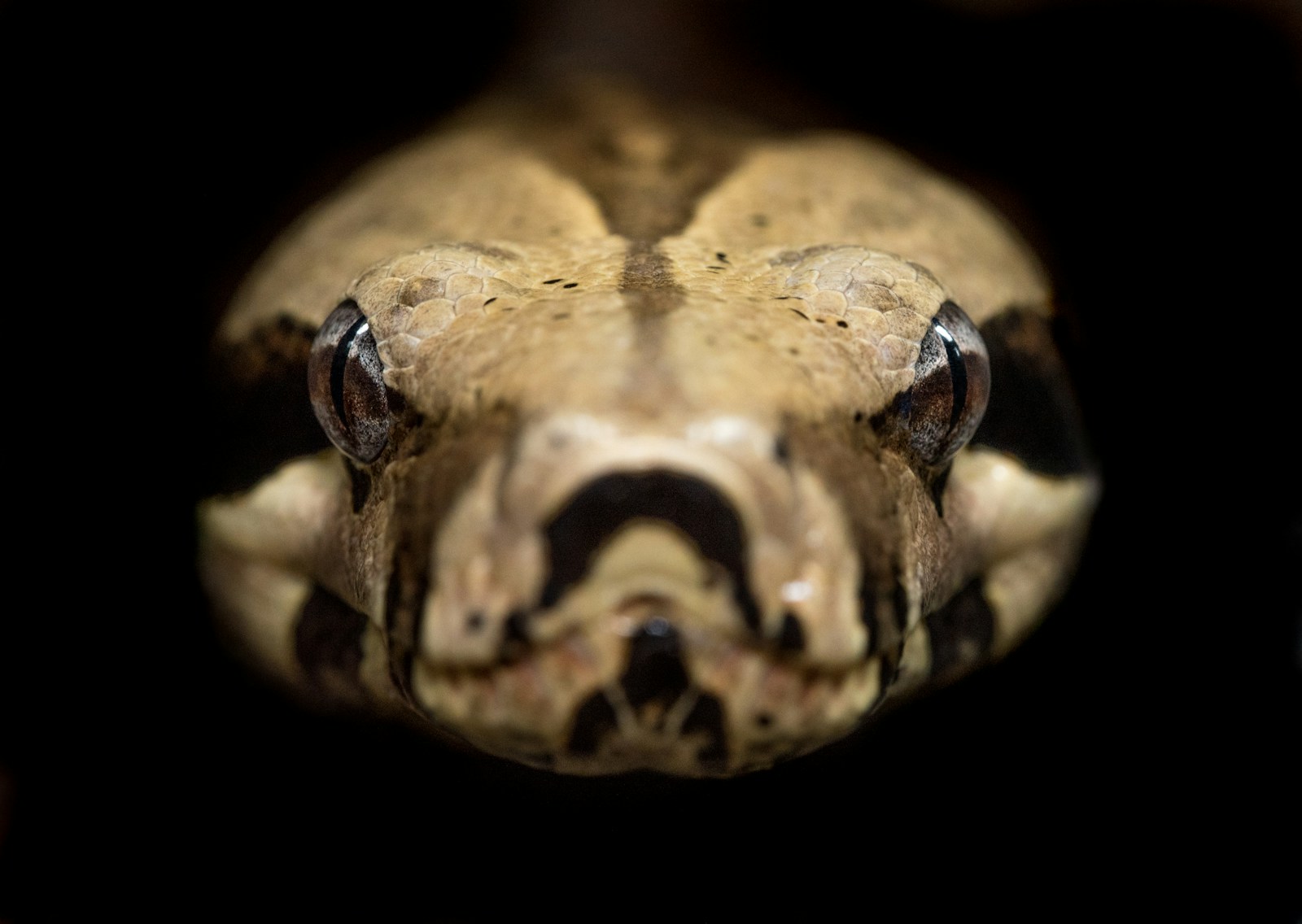The sinuous shape of a snake is one of nature’s most recognizable silhouettes. Among the many fascinating behaviors exhibited by these legless reptiles, their tendency to rest in an “S” shape has intrigued scientists and snake enthusiasts alike. This distinctive posture—where the snake’s body forms a series of curves resembling the letter S—serves multiple purposes and represents millions of years of evolutionary adaptation. From defensive strategies to hunting techniques, the S-shaped resting position offers snakes numerous advantages in their diverse habitats. This article explores the reasons behind this common behavior and what it reveals about these remarkable creatures.
The Biomechanics of Snake Movement
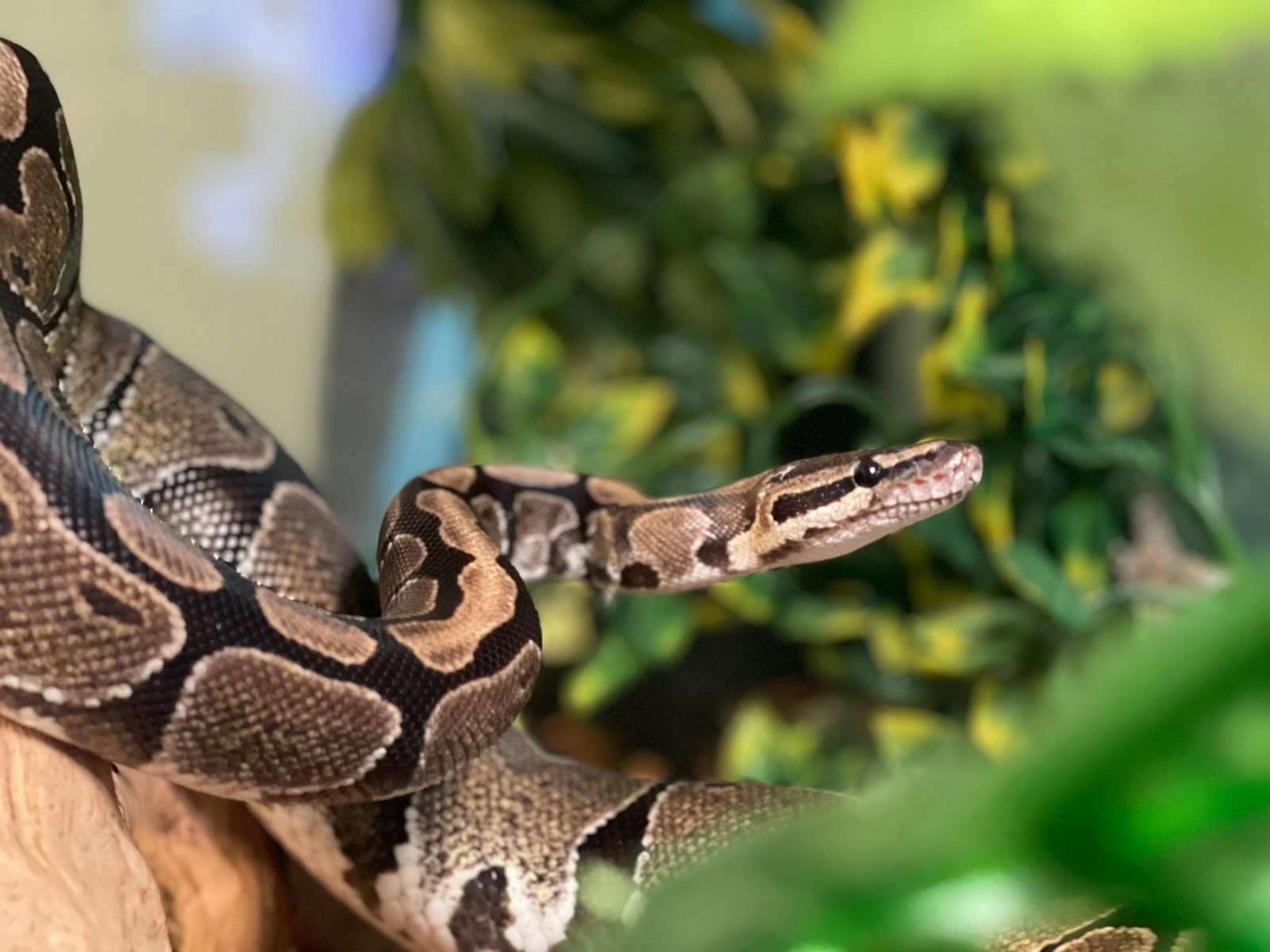
The S-shaped resting position directly relates to how snakes move through their environment. Unlike mammals with limbs, snakes rely on their muscular bodies to generate the force needed for locomotion. When a snake is in an S-shape, its muscles are pre-tensioned and ready for rapid movement. This posture positions the snake’s body like a coiled spring, allowing it to engage in lateral undulation—the most common form of snake movement—with minimal delay. The curves in the S-shape create points of contact with the ground that the snake can push against, effectively converting muscle contractions into forward motion. For many species, maintaining this shape while at rest keeps them perpetually prepared for whatever action might be necessary next.
Ready for Fight or Flight
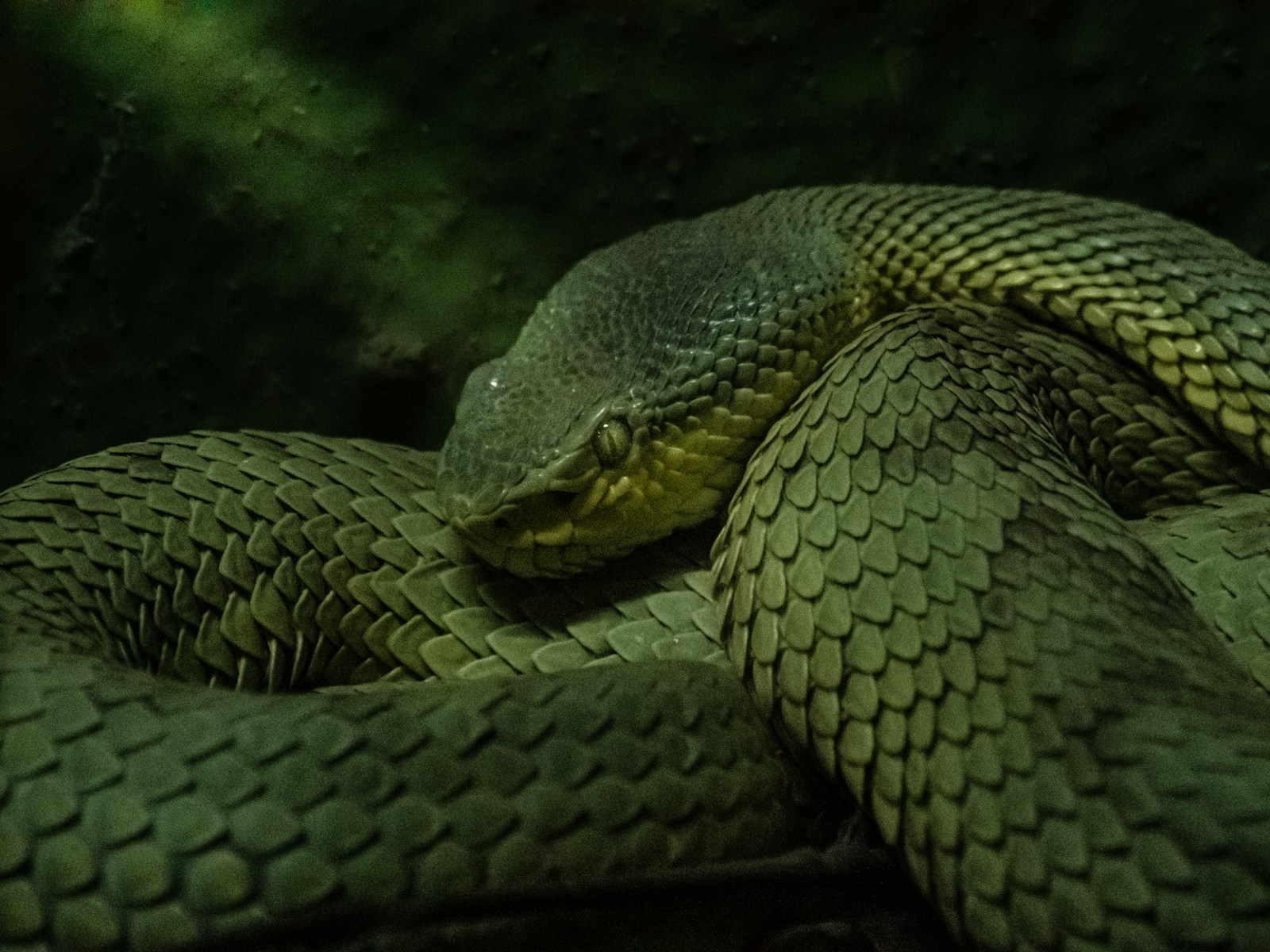
The S-shaped position represents a state of readiness that serves snakes well in dangerous situations. When threatened, a snake needs to respond quickly—either to strike at a predator or to escape. From the S-position, a snake can launch forward with remarkable speed, covering considerable distance in a fraction of a second. This posture also allows for directional flexibility; the snake can change its trajectory rapidly by adjusting which curve of its body it pushes from. Many venomous species, like rattlesnakes and cobras, adopt a pronounced S-shape when they feel threatened, signaling their readiness to strike if provoked further. In essence, the S-shape represents a defensive posture that communicates danger to potential threats while preparing the snake for immediate action.
Ambush Hunting Advantages
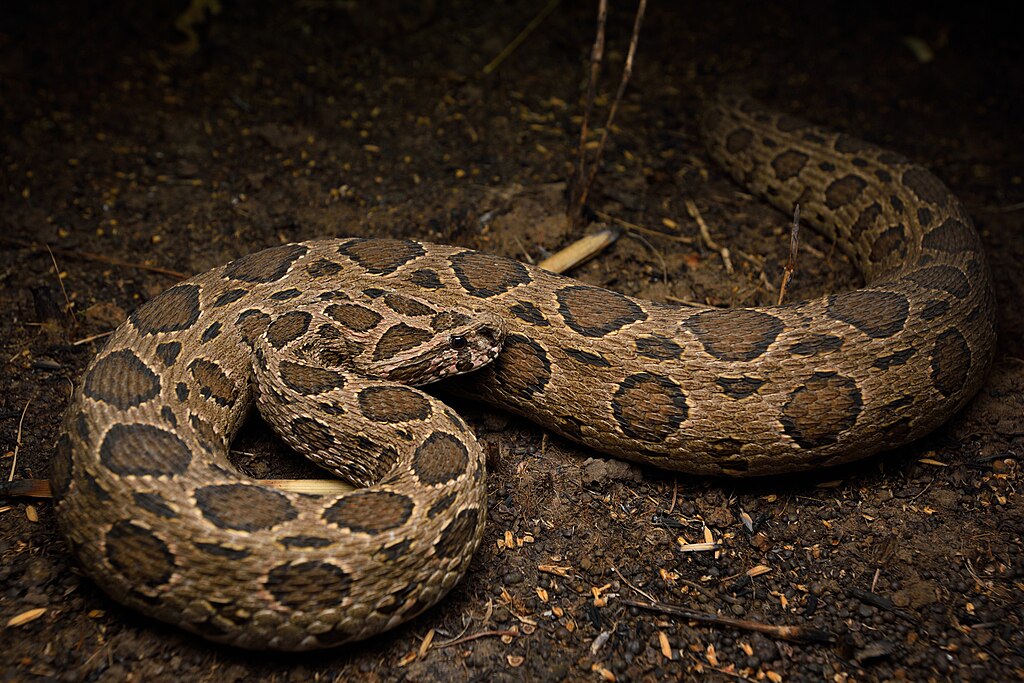
For ambush predators like vipers and pythons, the S-shape is crucial to their hunting strategy. These snakes often remain motionless for extended periods, waiting for prey to come within striking distance. The S-configuration allows them to launch a precisely aimed strike with astonishing speed and accuracy. From this position, a snake can extend roughly one-third of its body length forward in milliseconds, often reaching its prey before the animal can register danger. The stored energy in the curved muscles works like a compressed spring, releasing explosive power when needed. Studies have shown that some ambush predators maintain this position for hours or even days while waiting for the perfect opportunity to strike.
Thermal Regulation Benefits

The S-shape provides significant advantages for temperature regulation, which is crucial for ectothermic animals like snakes. By coiling into an S, a snake reduces its surface area exposed to the elements, helping to conserve body heat in cooler conditions. Conversely, when basking in the sun, the S-shape allows the snake to control precisely how much of its body is exposed to direct sunlight. This positional control enables snakes to maintain optimal body temperature with remarkable precision. Some desert-dwelling species will adjust the tightness of their coils throughout the day, loosening to absorb more heat in the morning and tightening to retain heat when temperatures drop. This thermoregulatory flexibility is essential for maintaining the metabolic processes necessary for survival.
Spatial Efficiency in Limited Habitats
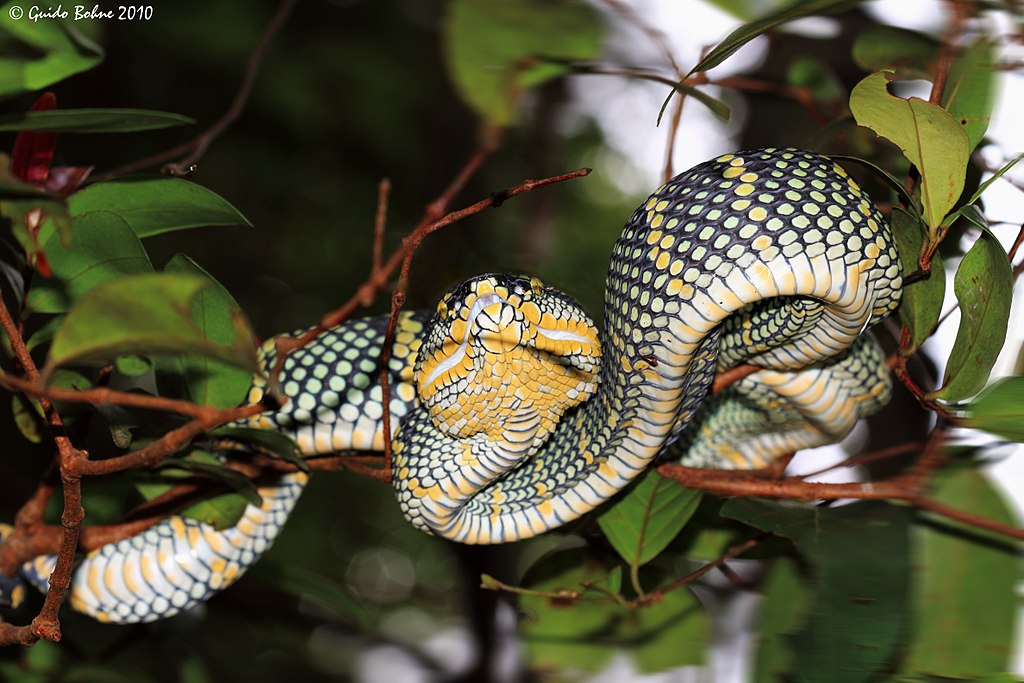
Adopting an S-shape allows snakes to occupy less linear space, which can be advantageous in confined environments. Rather than extending their full length in a straight line, which might expose them to predators or harsh elements, the S-configuration enables snakes to remain in suitable microhabitats. This spatial efficiency is particularly important for snakes living in habitats with limited shelter options, such as rock crevices, hollow logs, or dense vegetation. Some arboreal species rest in S-shapes along tree branches, allowing them to remain stable and secure in their elevated habitats. The compact form also enables multiple snakes to share limited denning spaces during brumation (the reptilian equivalent of hibernation) in colder climates.
Predator Confusion Strategies
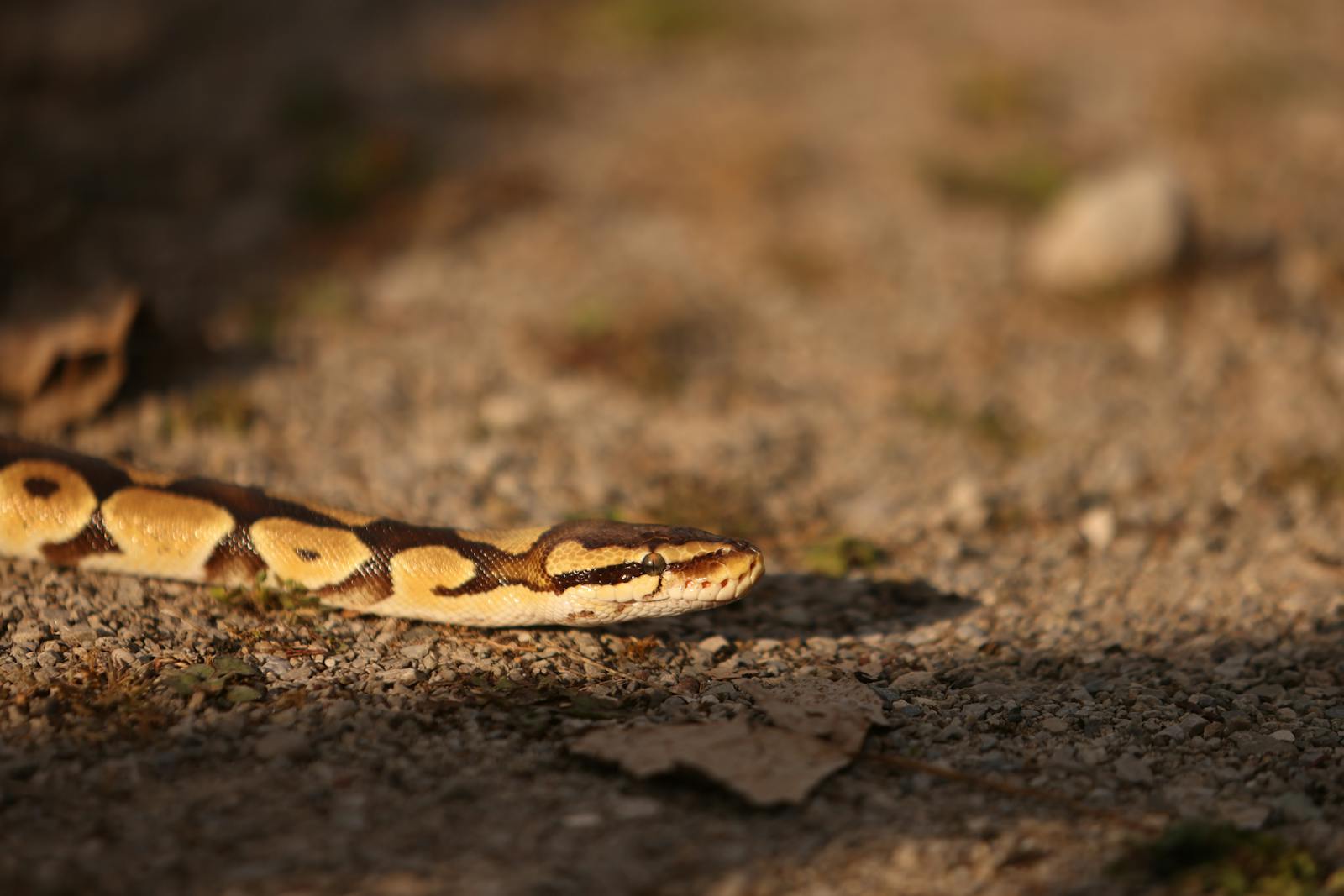
The S-shape can serve as a visual defense mechanism against potential predators. When a snake rests in this configuration, its body outline becomes less recognizable as a snake, potentially confusing predators that hunt visually. The curves break up the snake’s silhouette, making it resemble a series of separate objects rather than a single prey item. This effect is enhanced in species with disruptive color patterns or camouflage that further break up their outline. Some researchers believe that the S-shape also makes it more difficult for predators to identify which end is the head, buying the snake precious seconds during a potential attack. For venomous species, this confusion can be particularly advantageous, as predators that cannot quickly identify the dangerous end may hesitate.
Species-Specific Variations
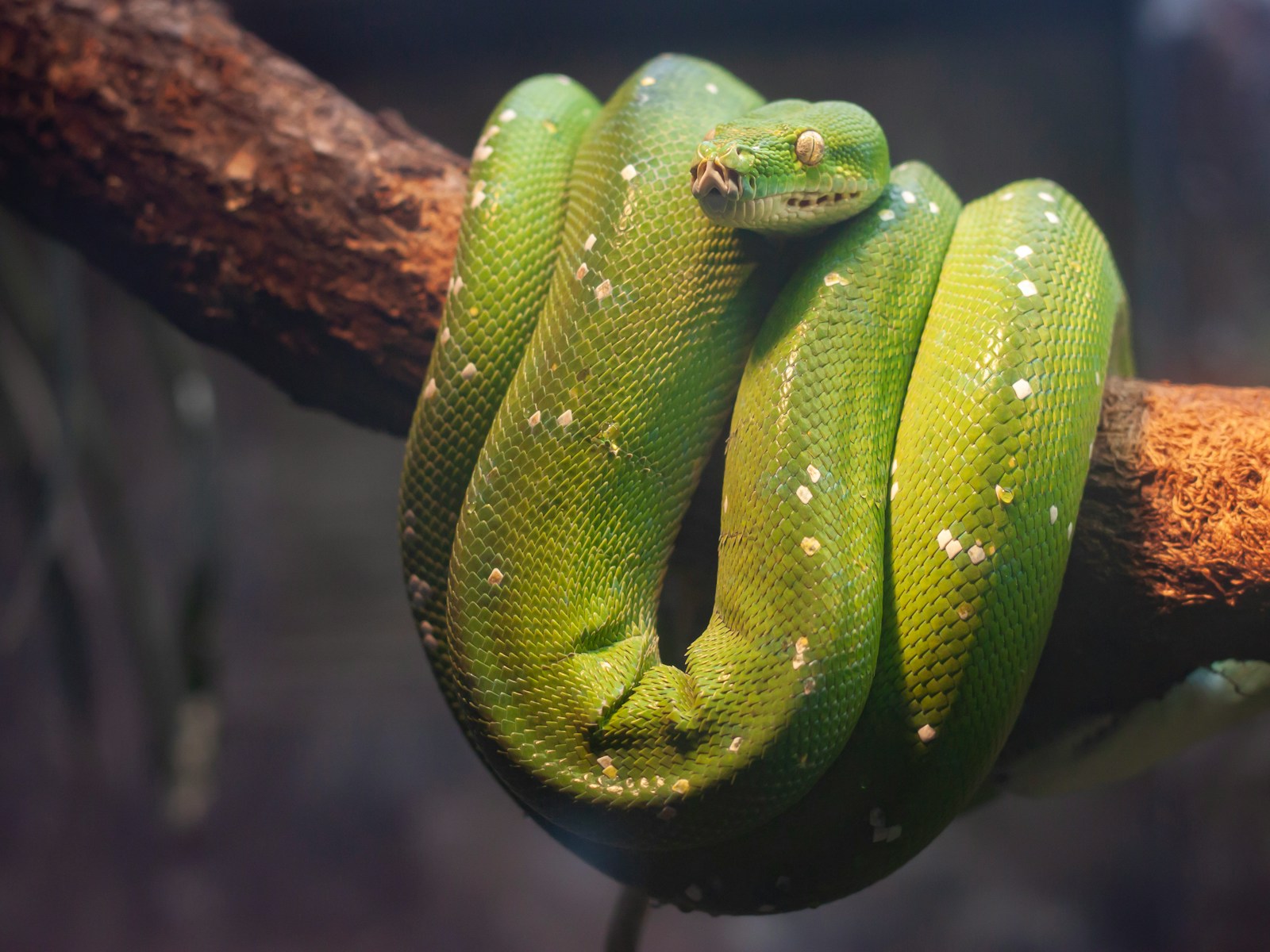
While many snakes adopt an S-shape when resting, the specific configuration varies significantly between species based on their evolutionary adaptations. Vipers and other pit vipers often display a tight, compact S-shape with the head poised centrally, optimized for their ambush hunting strategy. In contrast, elapids like cobras may form a broader, more open S-pattern that allows them to raise the front portion of their body quickly into their iconic defensive posture. Arboreal species such as vine snakes typically form elongated, loose S-curves that help them balance on thin branches. Burrowing species may adopt more compressed S-shapes that allow them to reverse direction quickly in their underground tunnels. These variations demonstrate how each lineage has adapted the basic S-shape to suit its particular ecological niche.
Muscular Efficiency and Energy Conservation
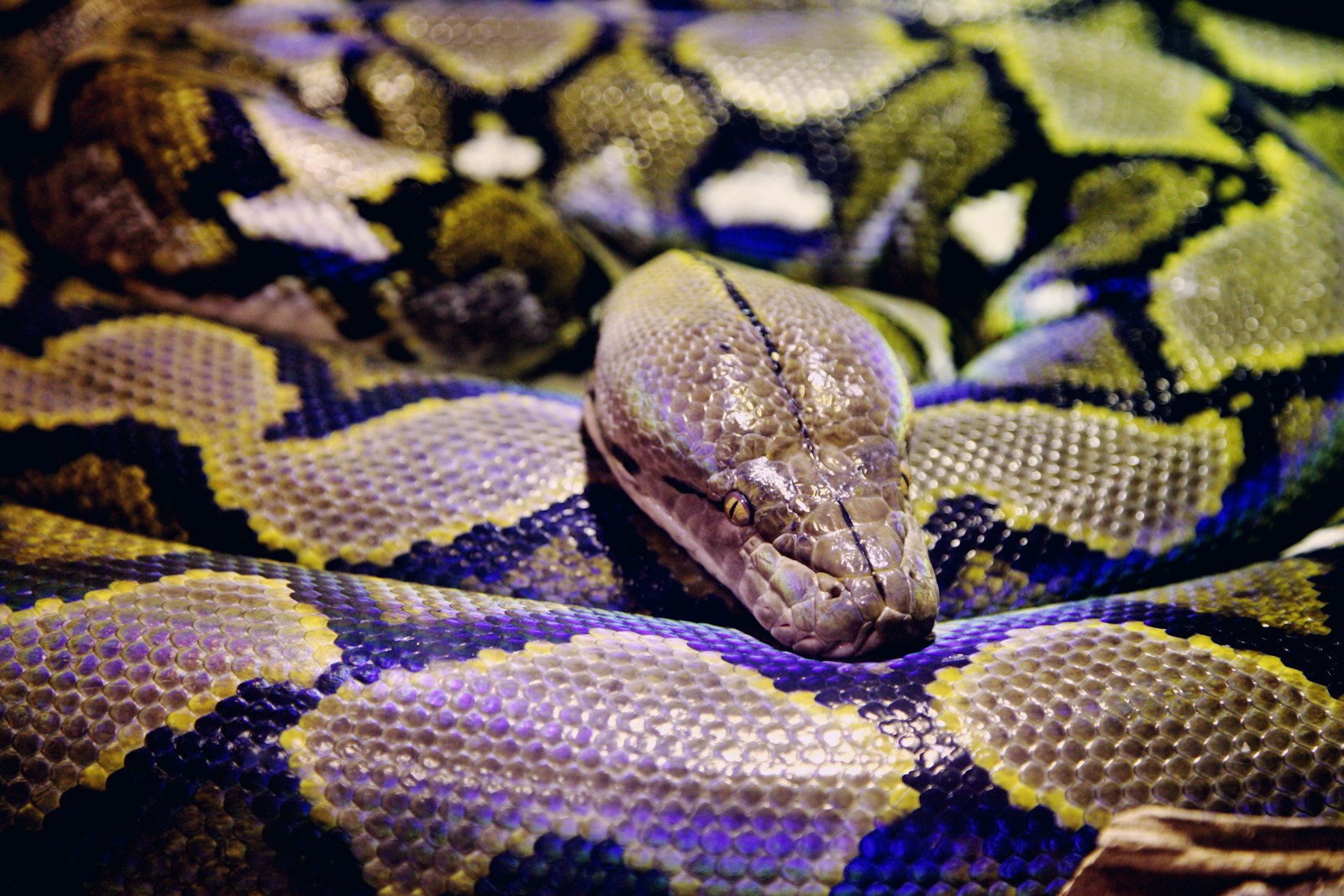
Resting in an S-shape represents an energy-efficient posture for many snake species. The position allows snakes to maintain partial muscle tension without exhausting themselves, somewhat like a runner staying in the “ready” position before a race. This partial tension enables quicker response times while minimizing energy expenditure during long periods of inactivity. For species that may go weeks or even months between meals, such energy conservation is crucial to survival. The S-configuration also distributes the snake’s weight across multiple points of contact with the ground or supporting surface, reducing pressure on any single point of the body. This distribution may help prevent circulation issues during extended resting periods, particularly for larger snake species.
Biological Triggers for the S-Position

The biological mechanisms that prompt snakes to adopt the S-shape involve a complex interplay of neurological signals and muscular responses. When a snake perceives potential danger or prey, specialized neurons trigger muscle groups to contract asymmetrically along the body, naturally forming the characteristic curves. This response can be almost instantaneous in defensive situations. Studies have shown that this positioning is partly innate, with even hatchling snakes displaying the behavior without prior learning. However, experience refines the response, with older snakes showing more consistent and species-typical S-patterns. Some research suggests that the hypothalamus plays a key role in coordinating this posture, integrating sensory information about the environment with the appropriate muscular response.
Communication Through Body Positioning
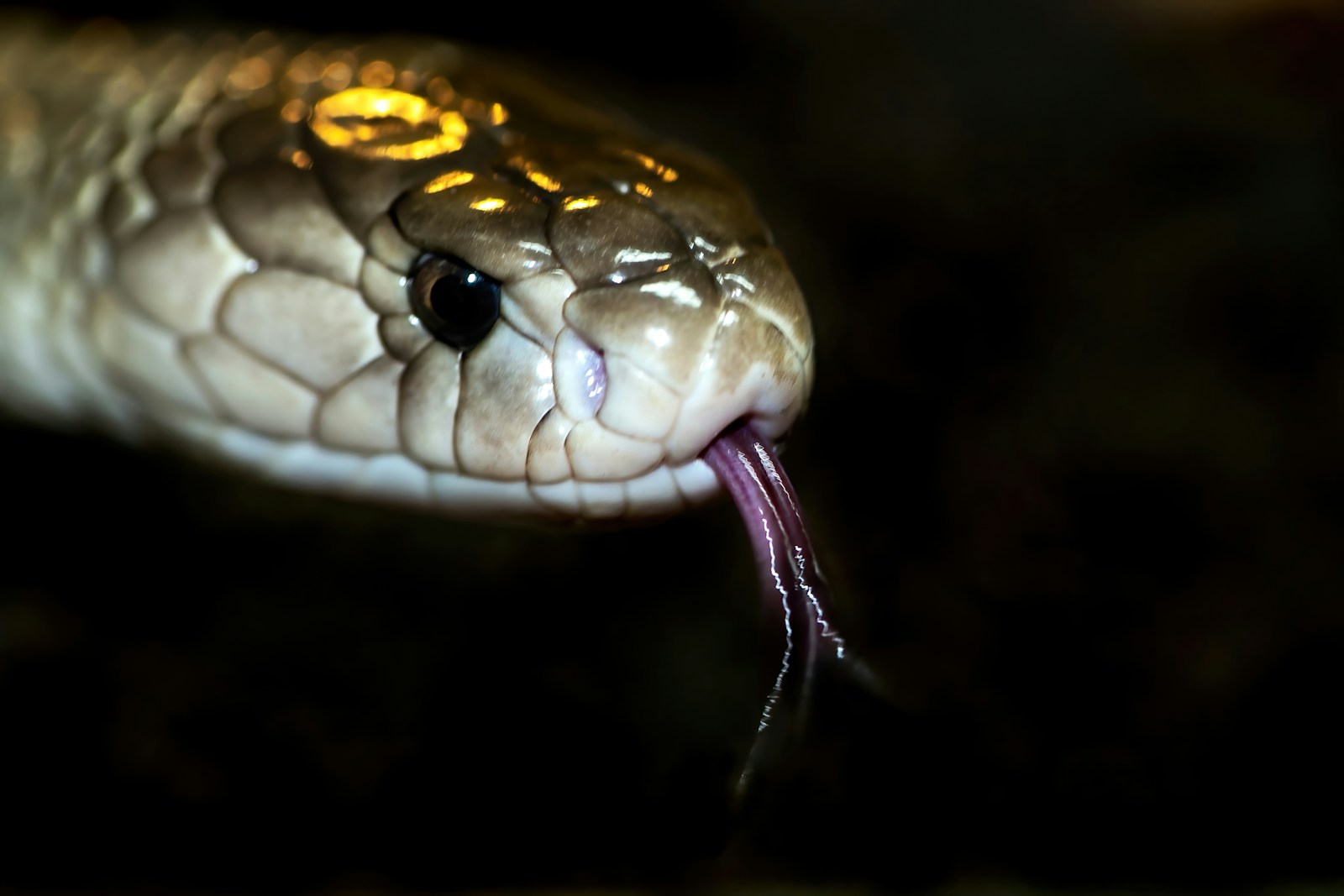
For some snake species, the specific configuration of their S-shape can communicate important information to other animals, including members of their own species. The tightness of the coils, the elevation of certain body segments, and the positioning of the head all contribute to a visual language that can signal aggression, fear, or reproductive readiness. During mating seasons, male snakes of certain species may adopt specific S-patterns when approaching potential mates. In confrontations between rival snakes, the S-shape often precedes combat or territorial displays. Researchers studying snake behavior have documented subtle variations in the S-position that correlate with different behavioral states, suggesting this posture serves as part of their limited but effective body language repertoire.
S-Shape in Different Environments
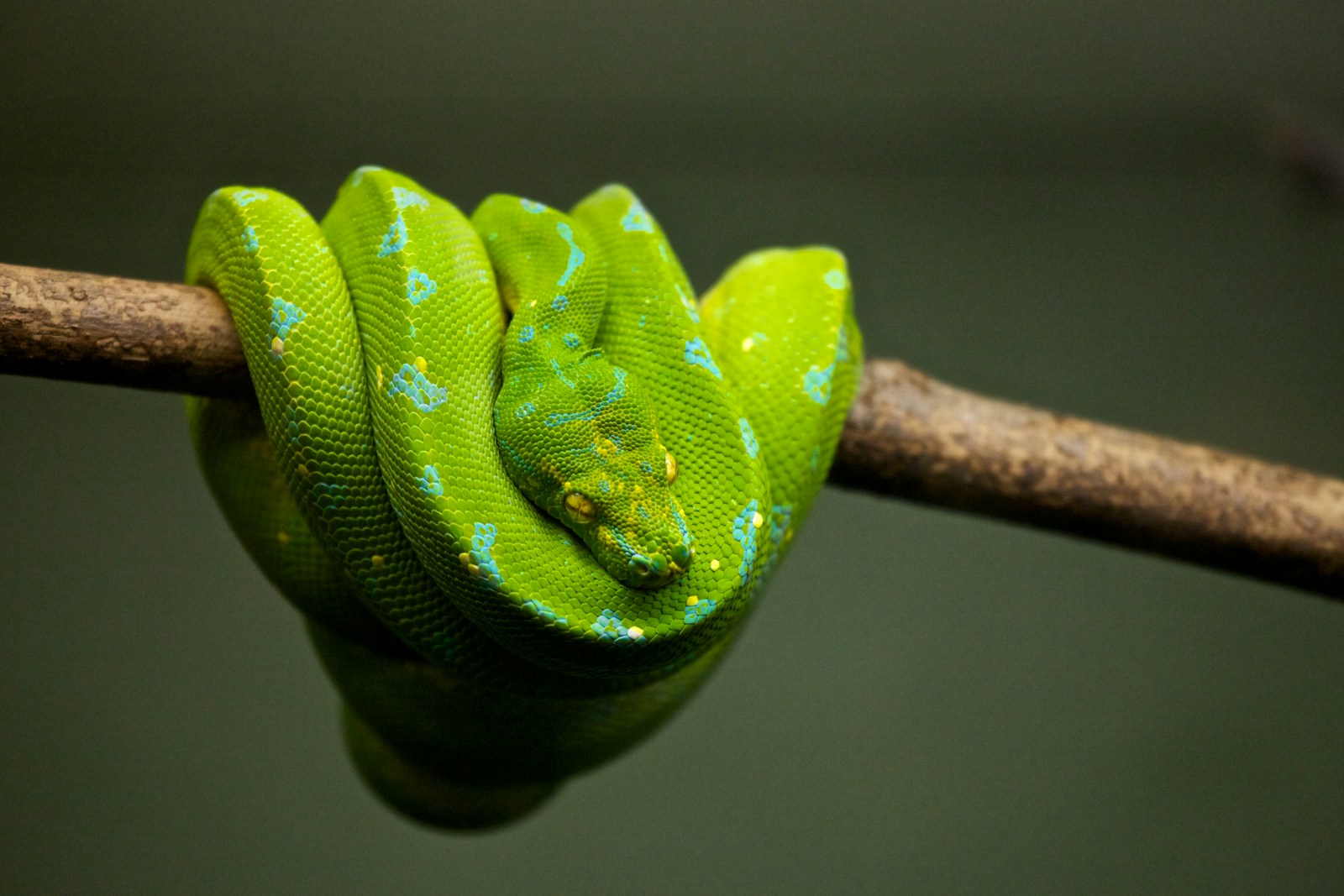
The nature of a snake’s S-shape often adapts to its specific environment, showcasing the remarkable versatility of this posture. In aquatic environments, sea snakes and water snakes form broader, more exaggerated S-curves that help them generate thrust when swimming, while still maintaining the basic pattern when resting on the seafloor or riverbed. Desert-dwelling species often adopt tighter S-configurations that minimize contact with the hot substrate while allowing quick lateral movement across loose sand. In dense vegetation, many species form their S-shape vertically as well as horizontally, weaving their bodies through multiple planes to achieve better concealment and stability. Even arboreal specialists like mambas and tree vipers modify their S-shape to wrap partially around branches for added security, while maintaining the essential configuration that allows for rapid striking.
Evolutionary Development of the S-Posture
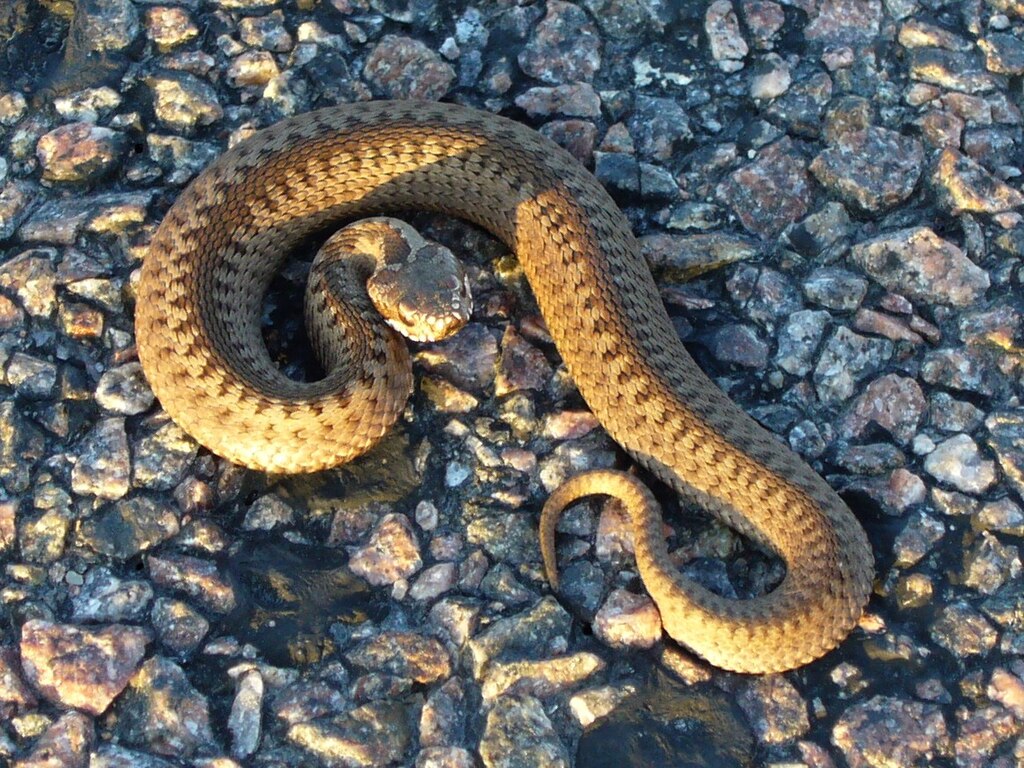
The S-shaped resting position represents millions of years of evolutionary refinement in snake physiology and behavior. Fossil evidence suggests that even ancient snake ancestors displayed similar body positioning, indicating the fundamental nature of this adaptation. The evolution of the specialized musculature that enables and maintains this posture coincided with the development of other distinctly serpentine traits. As snakes diverged from lizard ancestors, losing their limbs and developing elongated bodies, the S-shape emerged as an optimal solution to the challenges of limbless locomotion and predator avoidance. Different lineages of snakes subsequently modified this basic pattern to suit their ecological niches, but the fundamental S-configuration remained remarkably consistent across diverse species. This evolutionary conservation underscores the posture’s crucial importance to snake survival and success.
Conclusion

The S-shaped resting position of snakes represents far more than a casual posture—it’s a multifunctional adaptation that supports these remarkable reptiles’ survival in countless ways. From the biomechanical advantages it provides for movement and striking to its roles in thermoregulation, predator avoidance, and energy conservation, this distinctive configuration embodies the elegant solutions that evolution has crafted over millions of years. By understanding why snakes rest in this characteristic shape, we gain insight not only into their fascinating biology but also into how form and function intertwine throughout the natural world. Whether coiled beneath a desert rock, draped along a tropical branch, or waiting in ambush for unsuspecting prey, the snake’s S-shape remains one of nature’s most effective and versatile postures.

